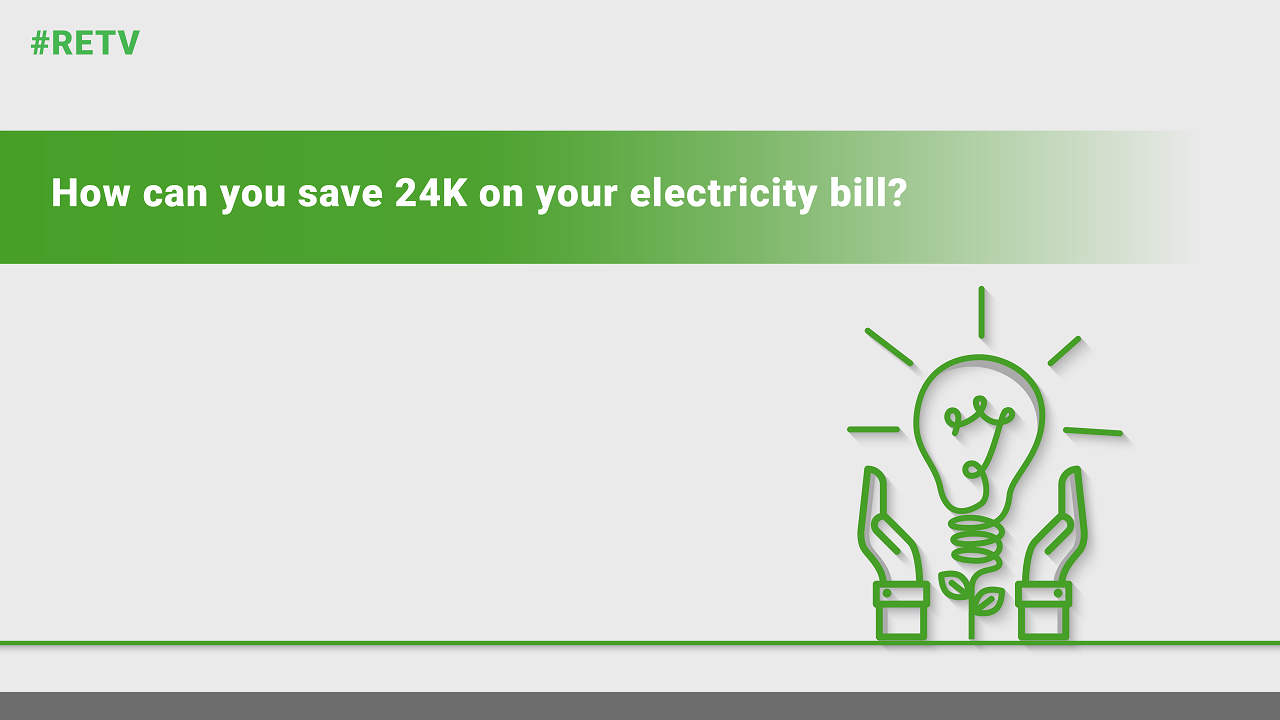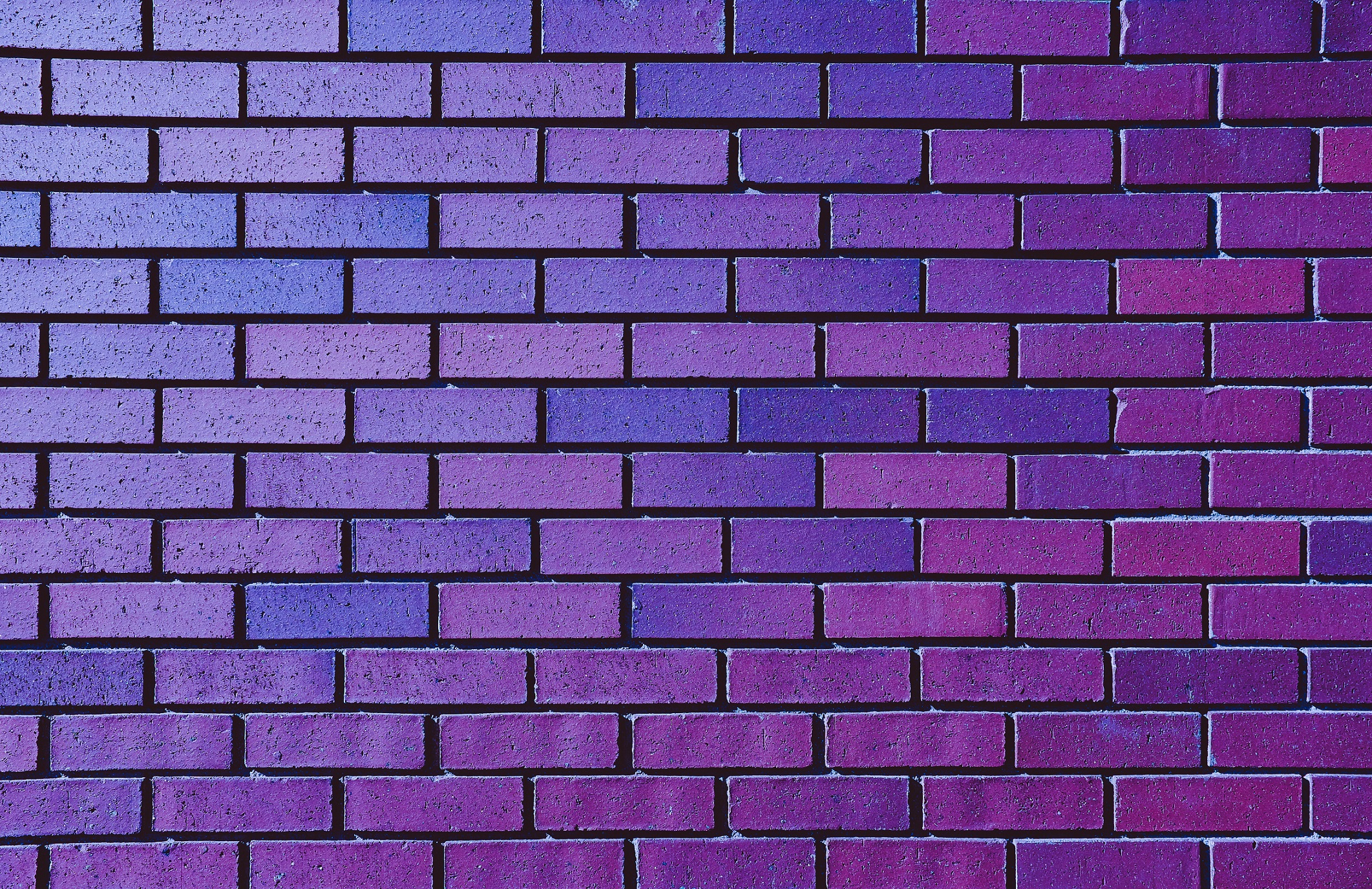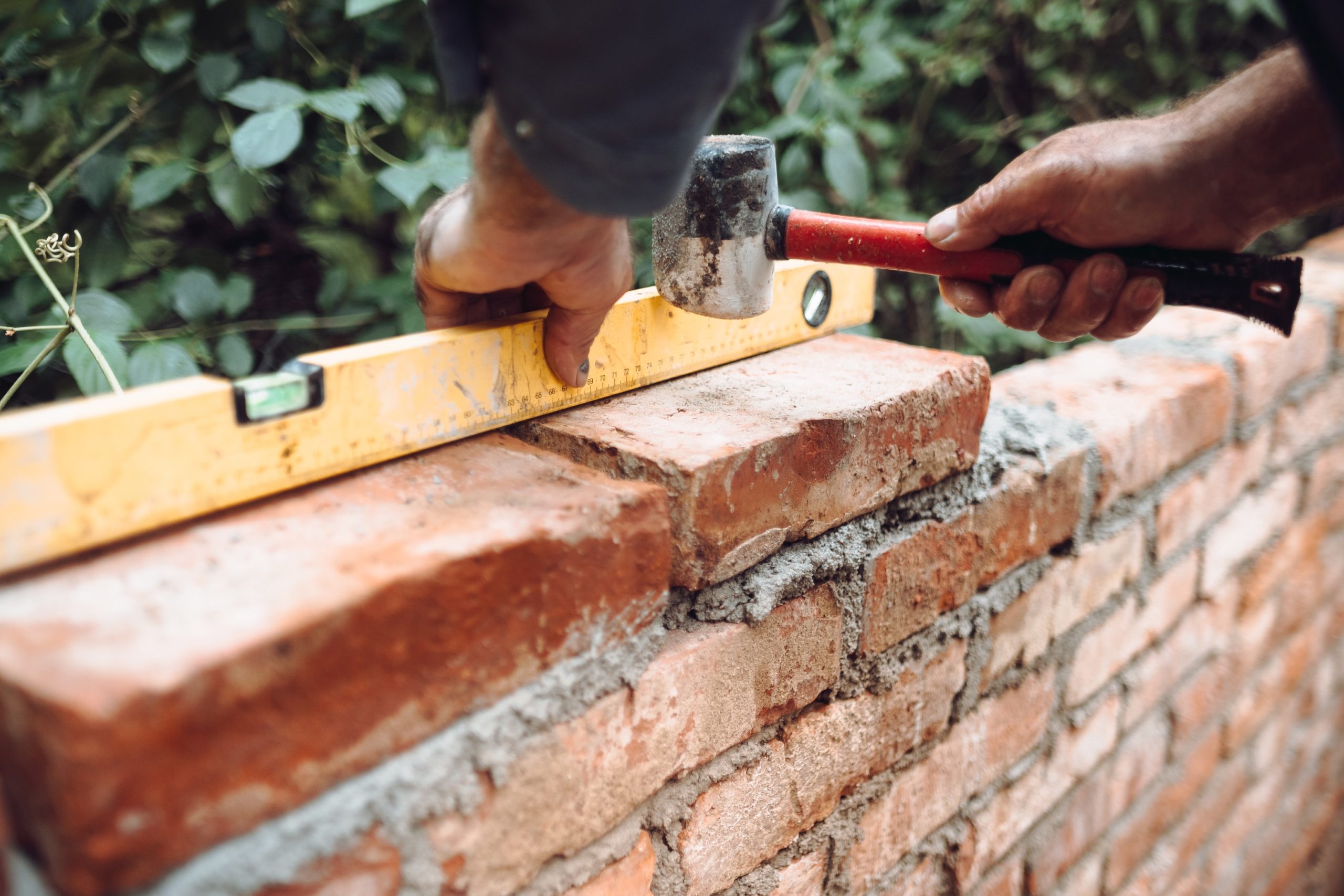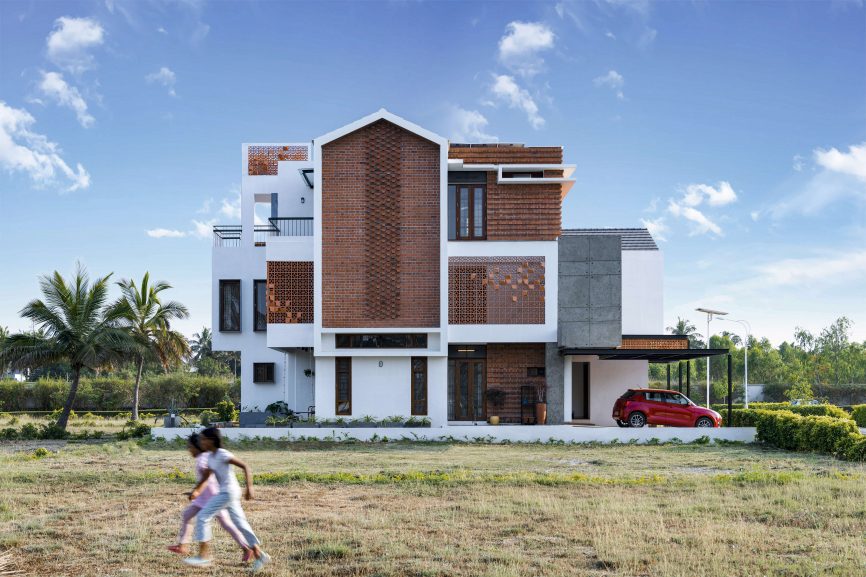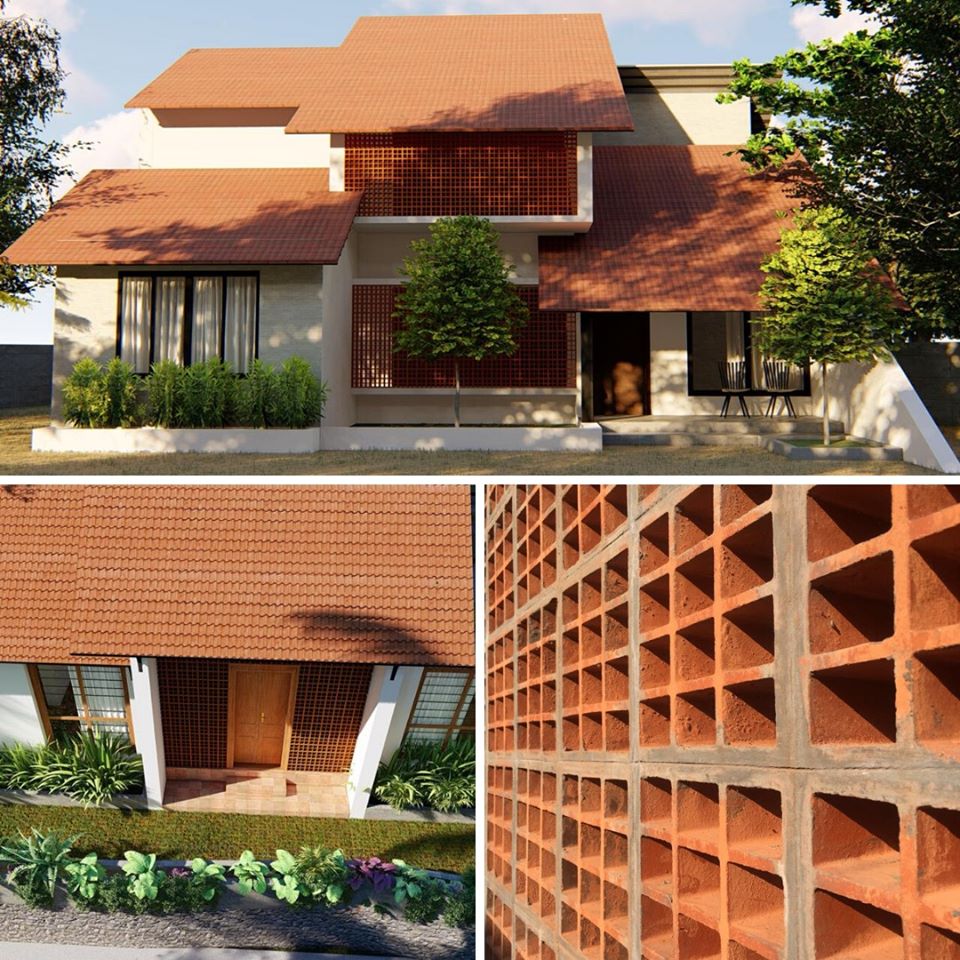Congratulations! You are officially in the home-buyers’ market, having decided to build or
purchase your dream home. You have already decided on all the external fittings and appliances
that you would like to install. These might include things like fans, LED bulbs, curtains, cabinets
and other furniture, but have you spared a moment to become aware of the materials used in
your walls?
In general, people just think about the type of paint that they would like to use externally so that
it looks good, without giving a thought to the actual walling material used. We spend a major
portion of our lives in our house. It is important for us to understand how using better
construction materials can make a big difference in terms of living comfort and cost savings
while contributing to the lowering of global climate change.
RCC, Concrete Bricks or Porotherm Bricks?
Traditionally in India, builders and construction companies use concrete bricks or RCC shear
walls, because they are cheaper and easily available, bringing down the cost of the project for
them. However, the BEE (Bureau of Energy Efficiency) is considering introducing new legislation
to make the use of green energy materials in the construction industry mandatory. Newer
measurements of sustainable building materials factor in measures like U Value and RETV.
(Residential Envelope Thermal Value)
RETV – What Is It and How Does It Matter?
The ‘U value’ measures the thermal conductivity or transmission of any material. The lower the
value, the better the thermal comfort. RETV is an extension of the U Value, used to measure the
thermal performance of the building envelope (external-facing wall, doors, windows and glass
surfaces), or it can be seen as an indicator of thermal comfort. In short, if the RETV is lower, the
house will be naturally cooler in summer and warmer in winter, without any use of external air
conditioning. Globally, the RETV value of 15 or less is considered to be ideal for use in walling
materials.
More Than 24K INR in Savings – Too Good to be True?
A recent report conducted by GKSPL (Greentech Knowledge Solutions Pvt. Ltd.), did a
comparative study on the different available walling materials. The report is titled “Calculation of
RETV for Residential Projects: A Comparative Study of Different Walling Materials for
Various Climate Zones” and is available here. (Add a link to the report)
The findings of this report are an eye-opener for consumers, who had no idea of the cost savings
involved in using RETV compliant walling material. For a typical 100 m2 (appx. 1080 Sq. Ft) built-
up area, the walling area is approximately 150 m2. It is assumed that 1725 bricks are required.
The study found the RETV value of the clay-based Porotherm bricks to be between 6.9 to 10.5
across different climate zones, while the corresponding values for concrete blocks and RCC
walls were between 13.5 to 22.5. A huge difference!
By using RETV compliant bricks like Porotherm, the temperature in the house was lower, in the
range of 3° C to 7° C between the Porotherm house and the Concrete block house. Using a
Coefficient of Performance of 3.0 for the air conditioner, for the same built-up area, RCC shear
walls would consume 6,233 kWh units annually, while Porotherm Thermobricks would consume
just 3,400 kWh units, which makes a difference of around 2,833 kWh annually. This leads to a
direct annual cost saving of ₹ 26,913. (Electricity unit rate in Hyderabad is ₹ 9.50 / kWh)
Conclusion
In your best interest, it is imperative to talk to your builder, contractor or architect to ensure that
they use RETV compliant walling material, which results in savings of more than 24K INR, along
with the reduced need for external air conditioning. These materials also provide better
circulation and superior air quality in the house. Do your bit to save our planet and your own
hard-earned money. Go green!


